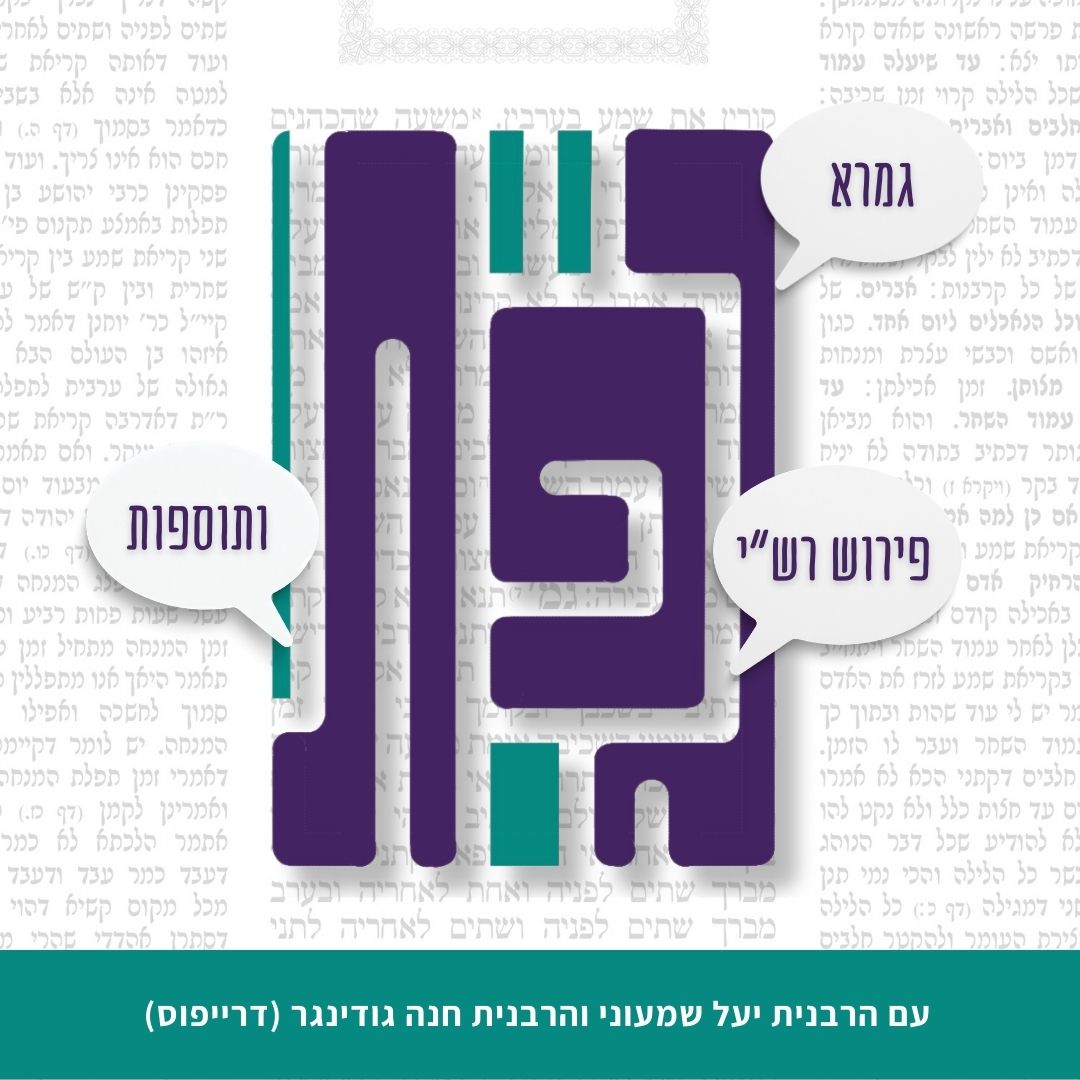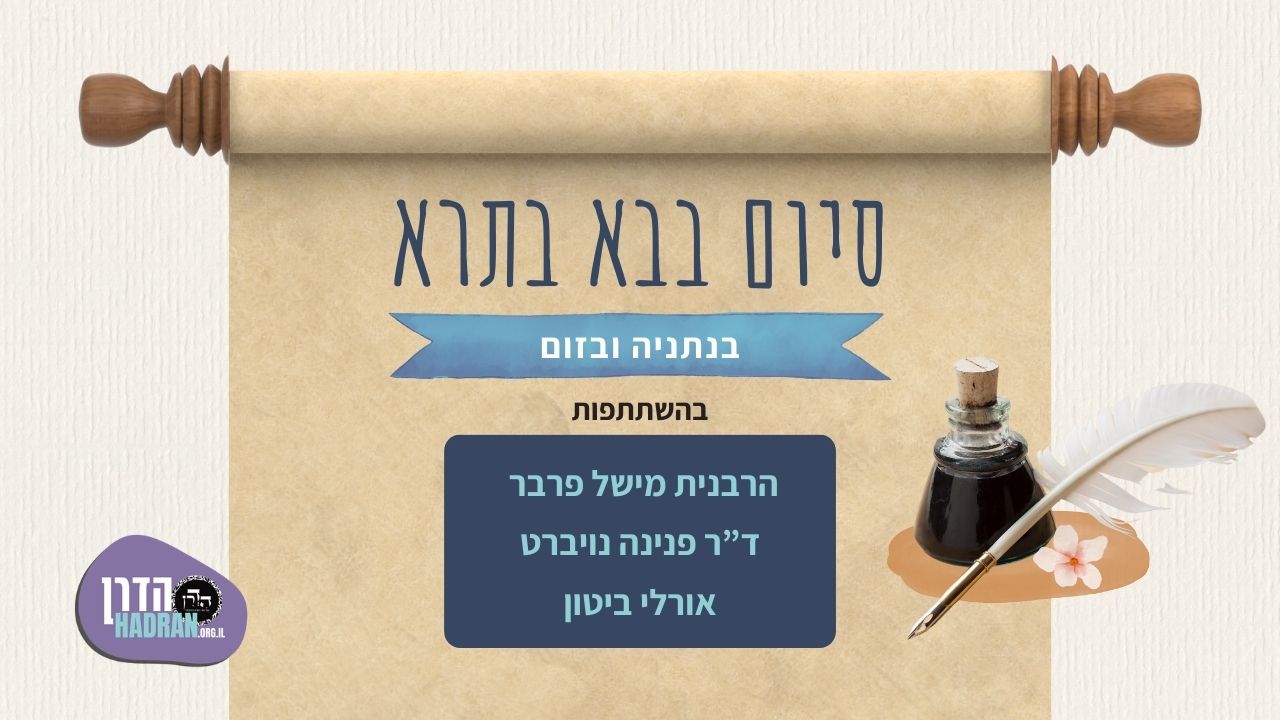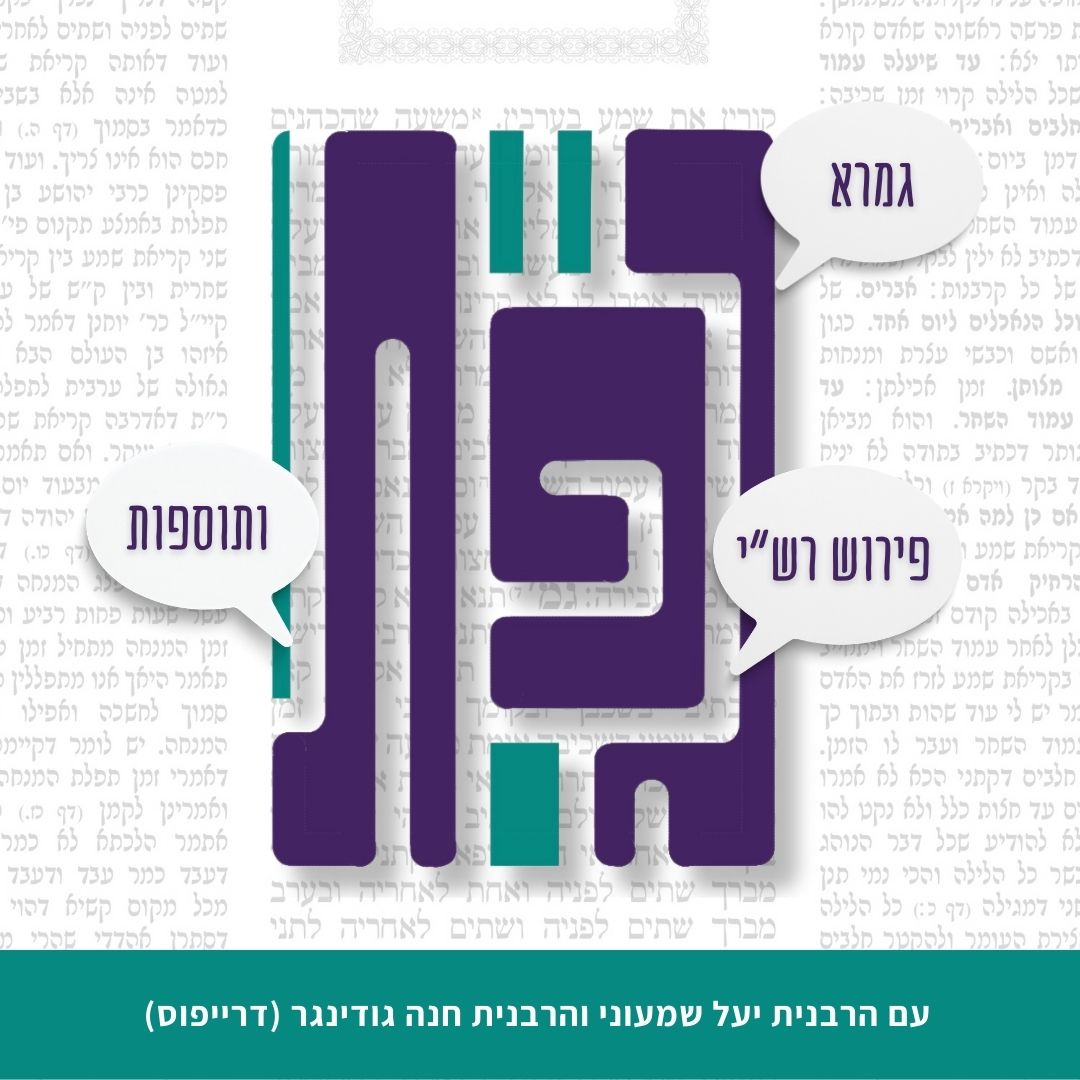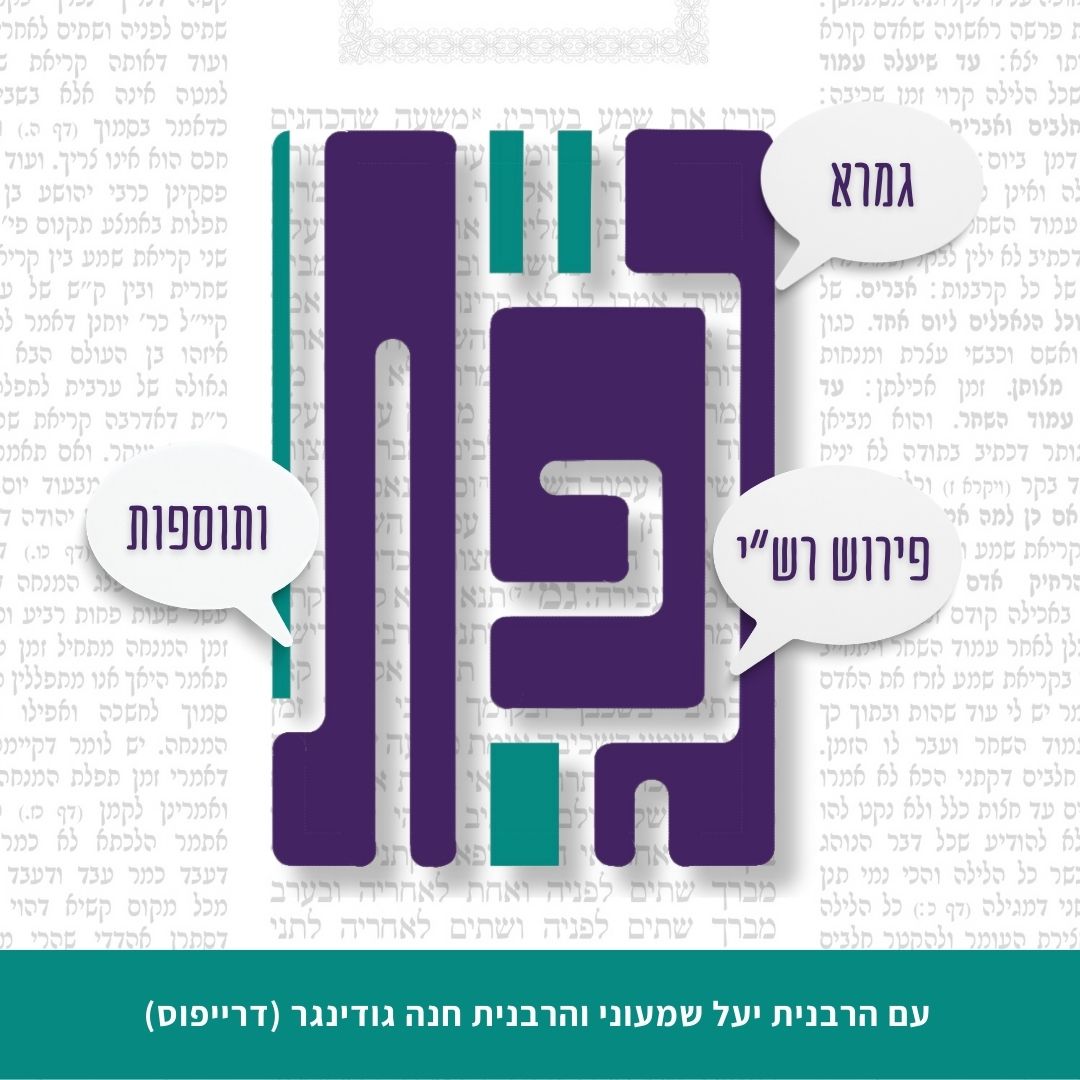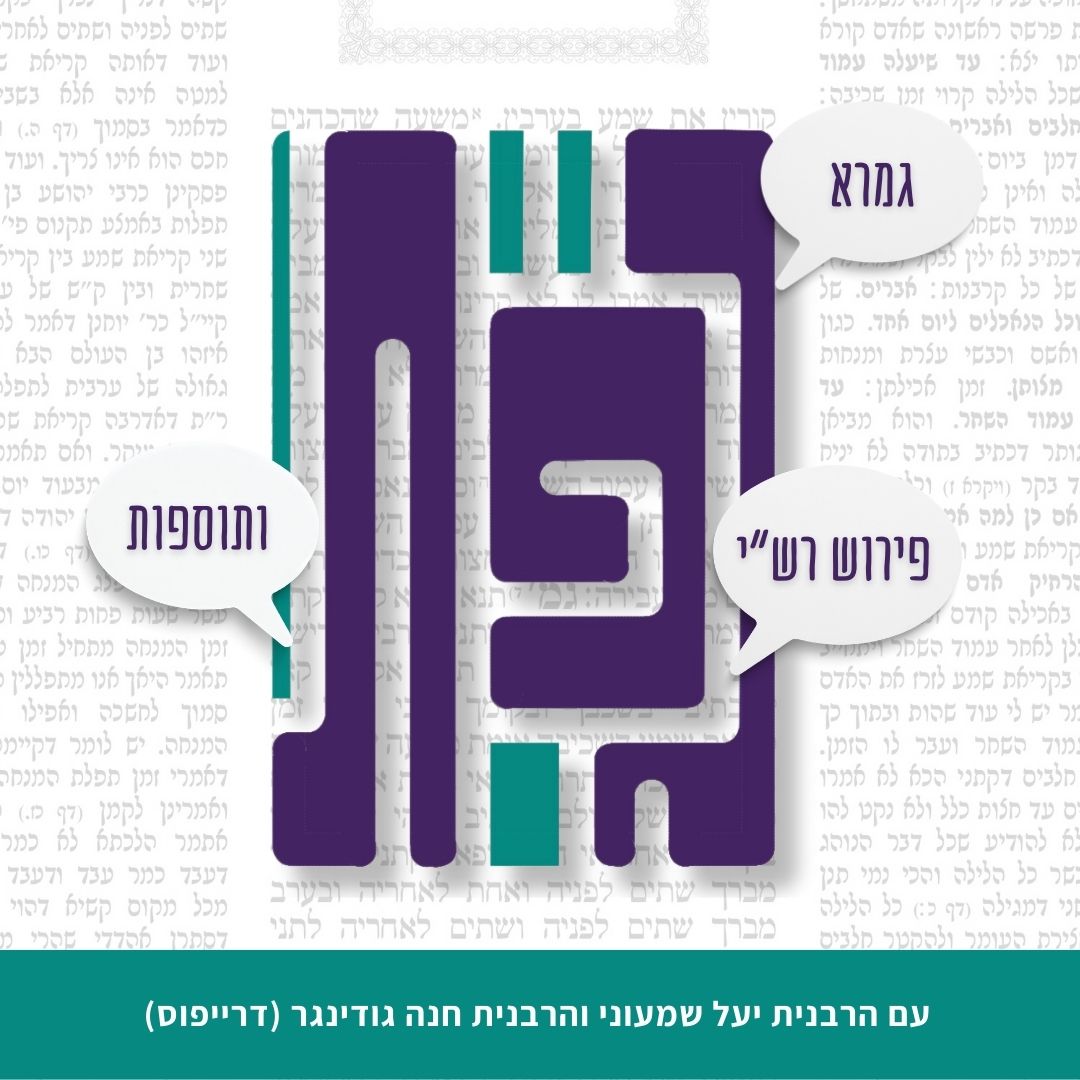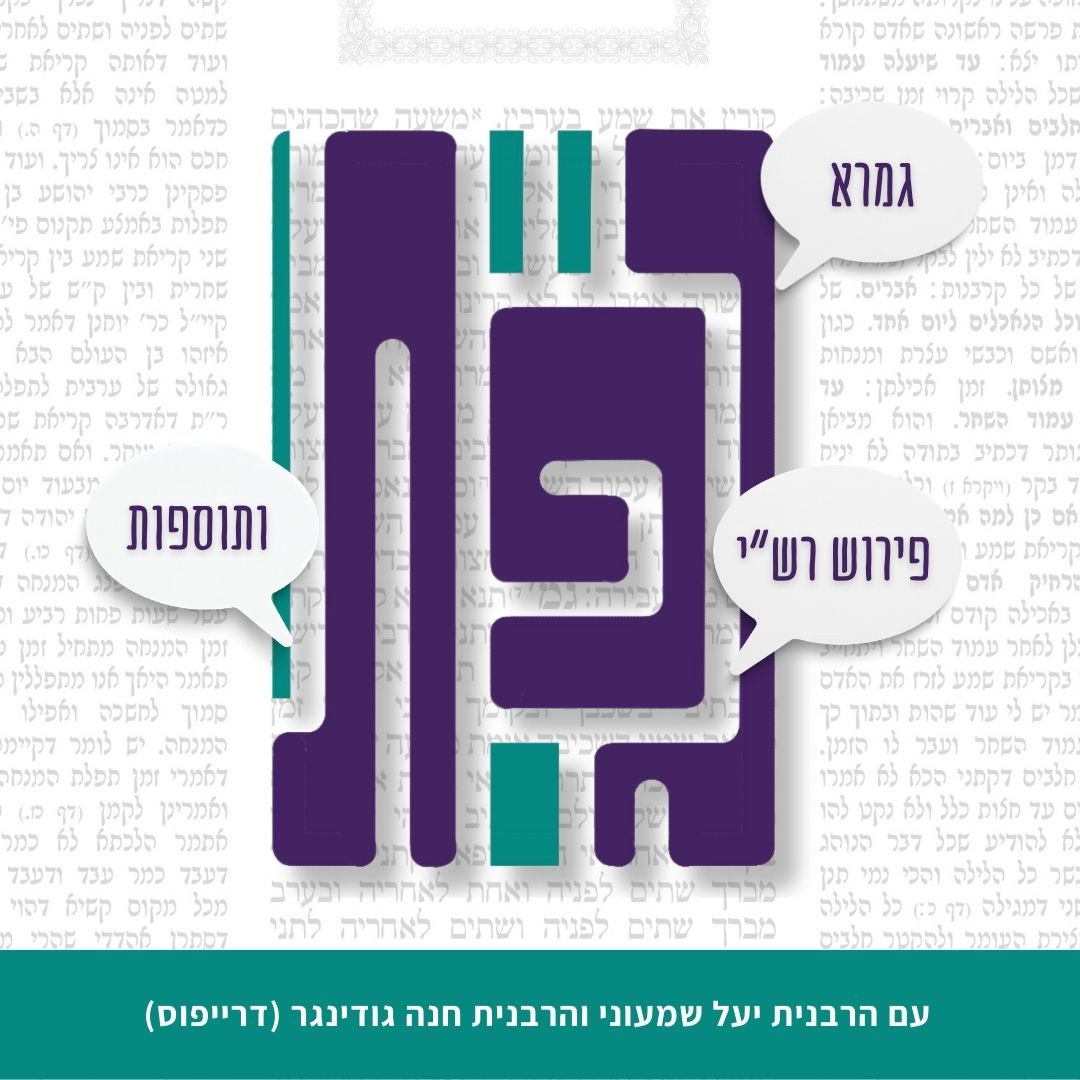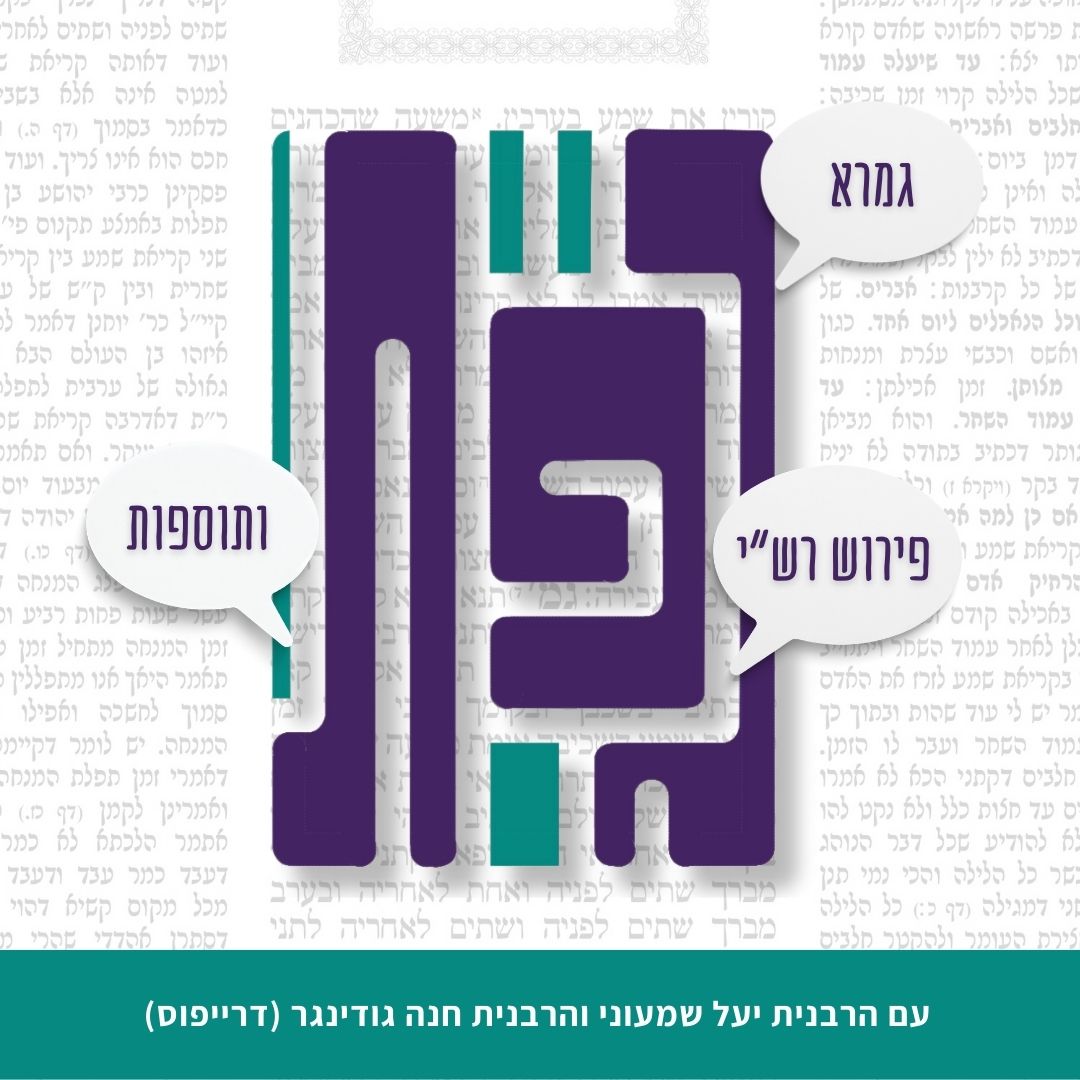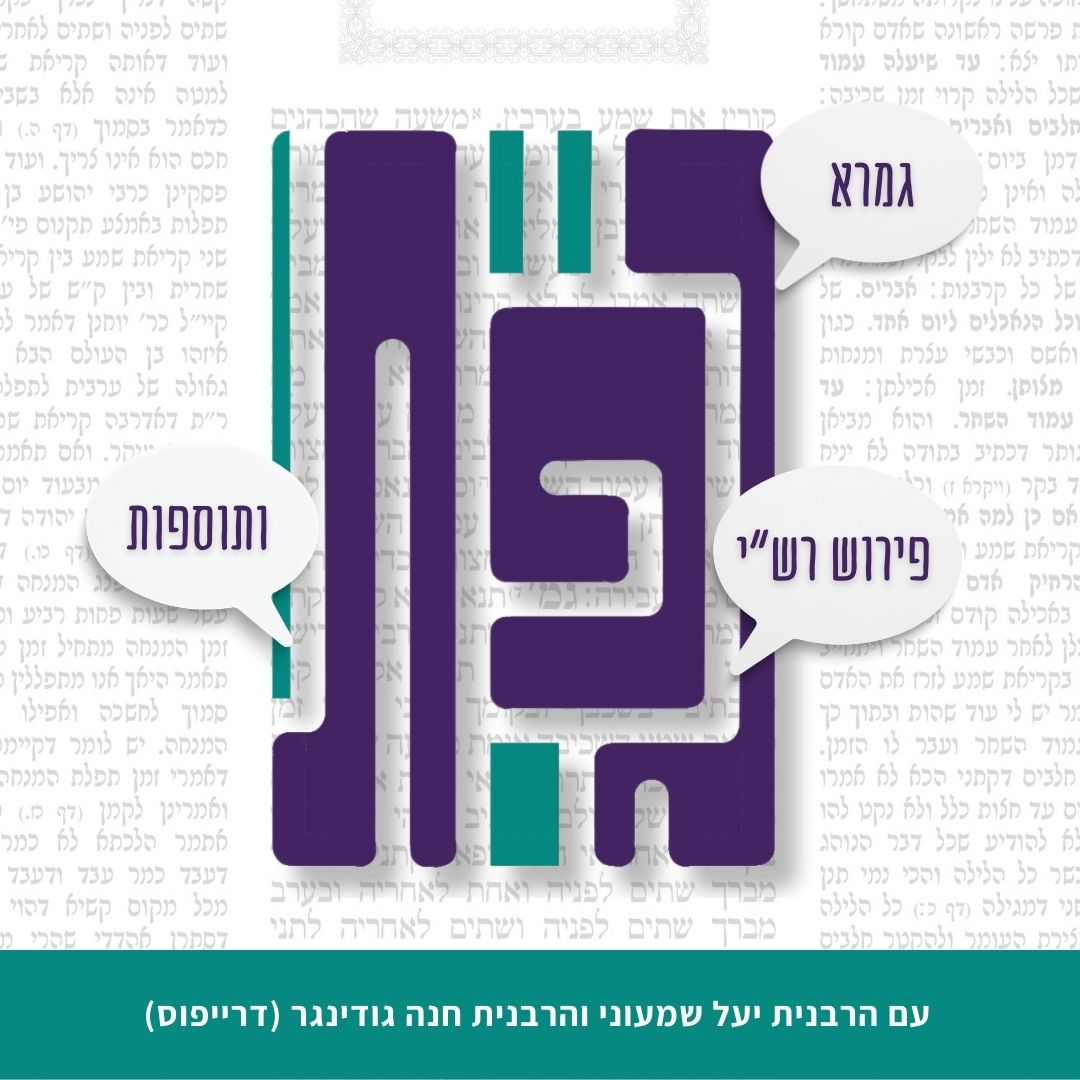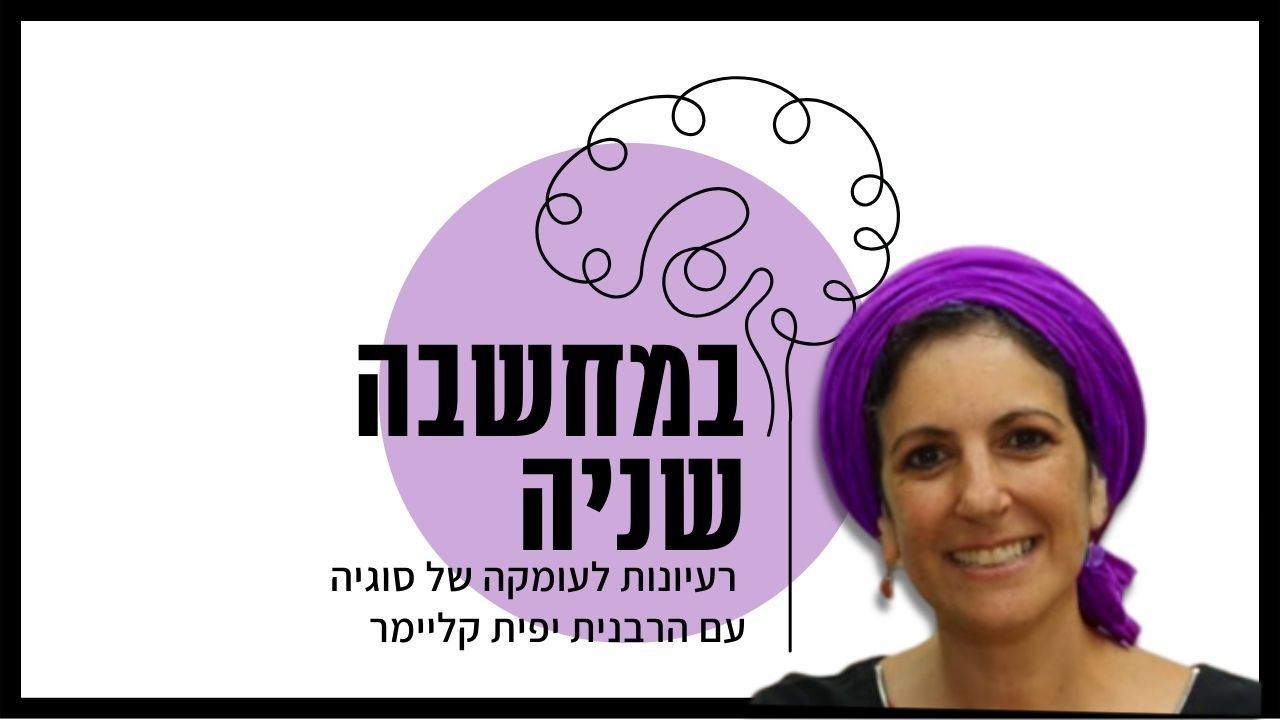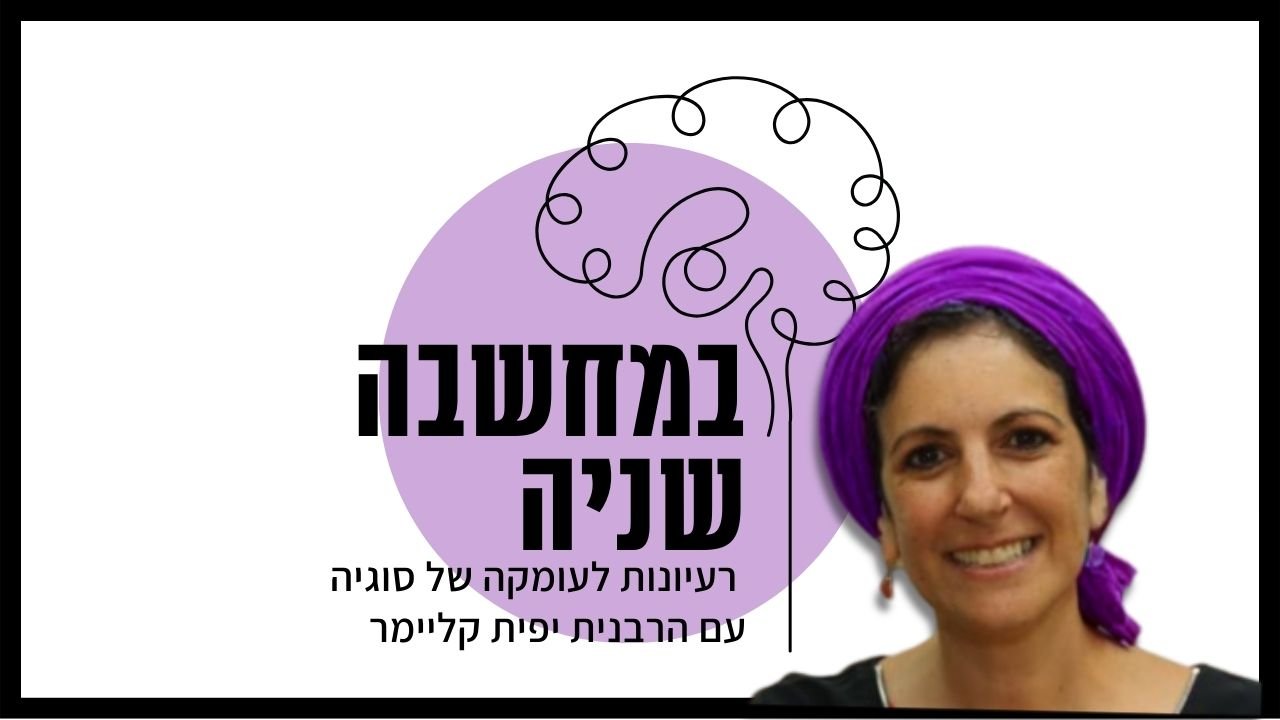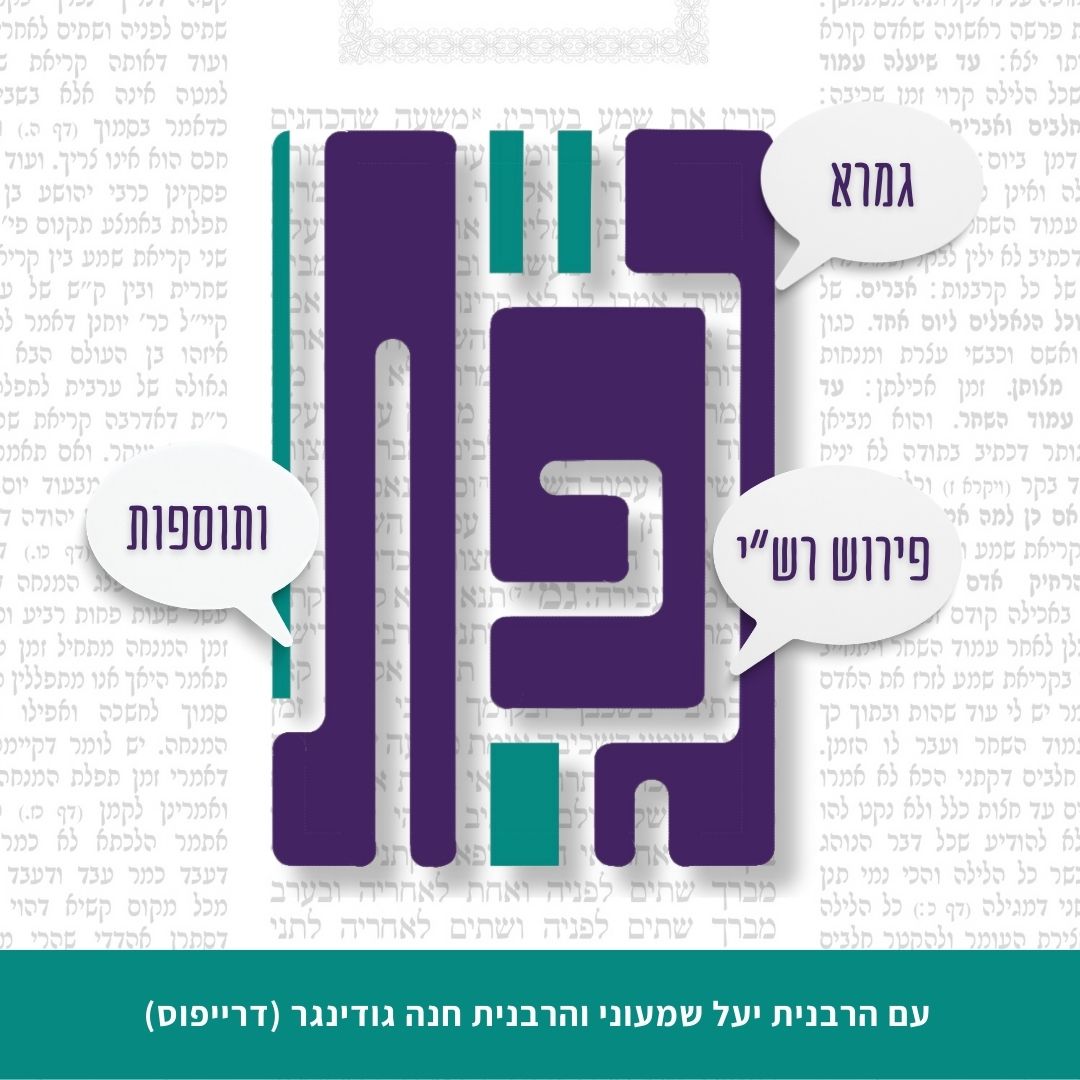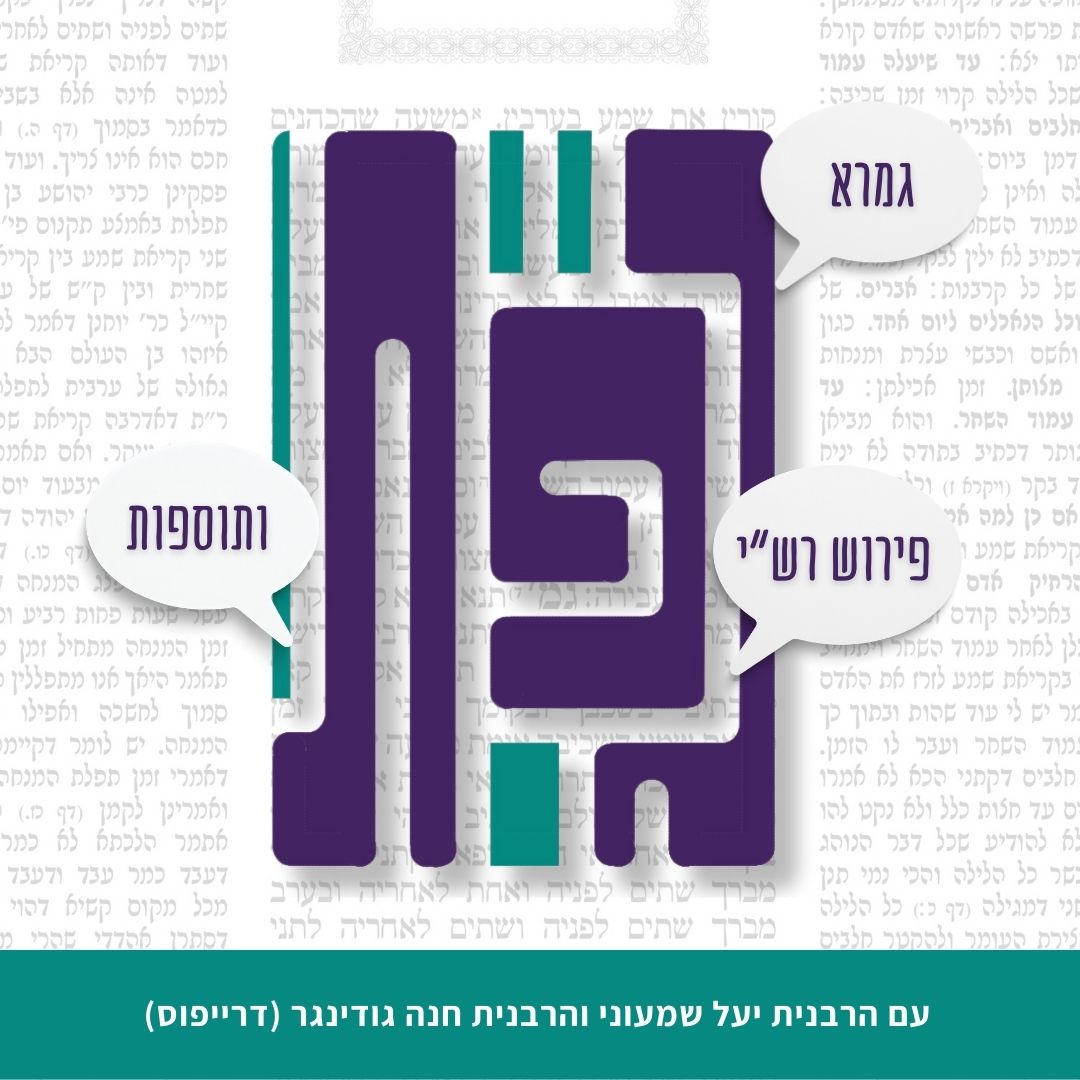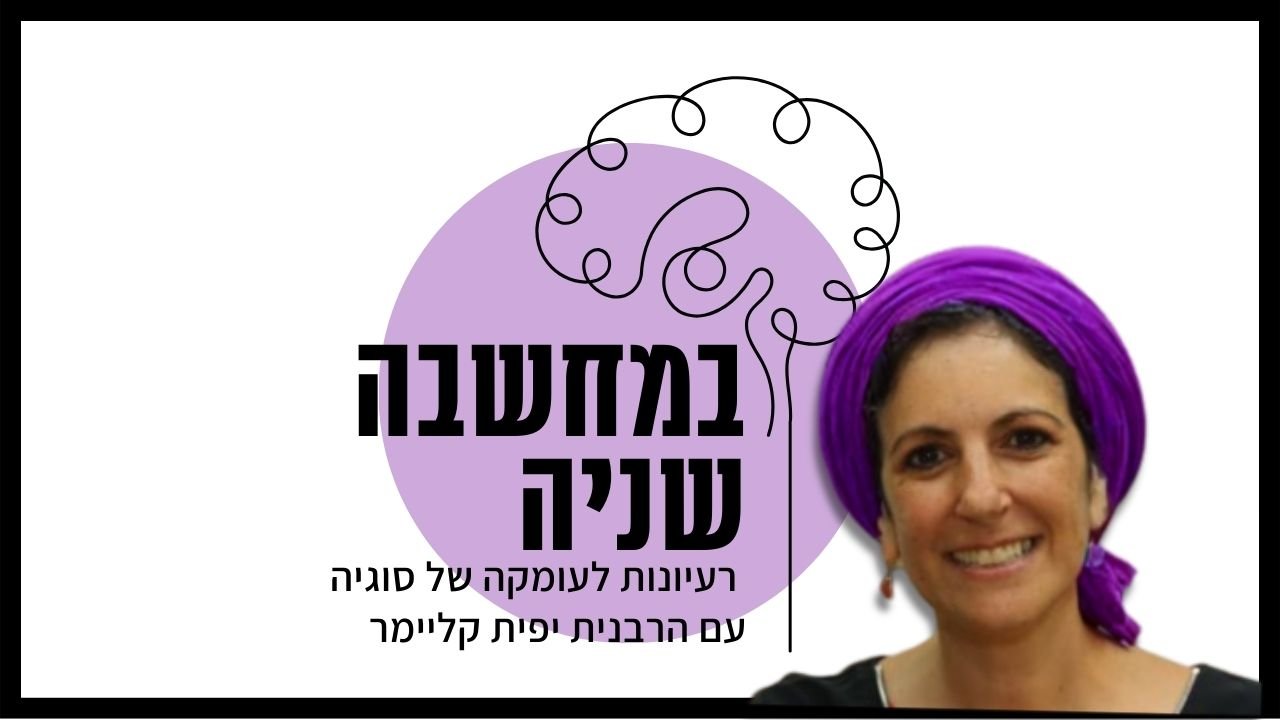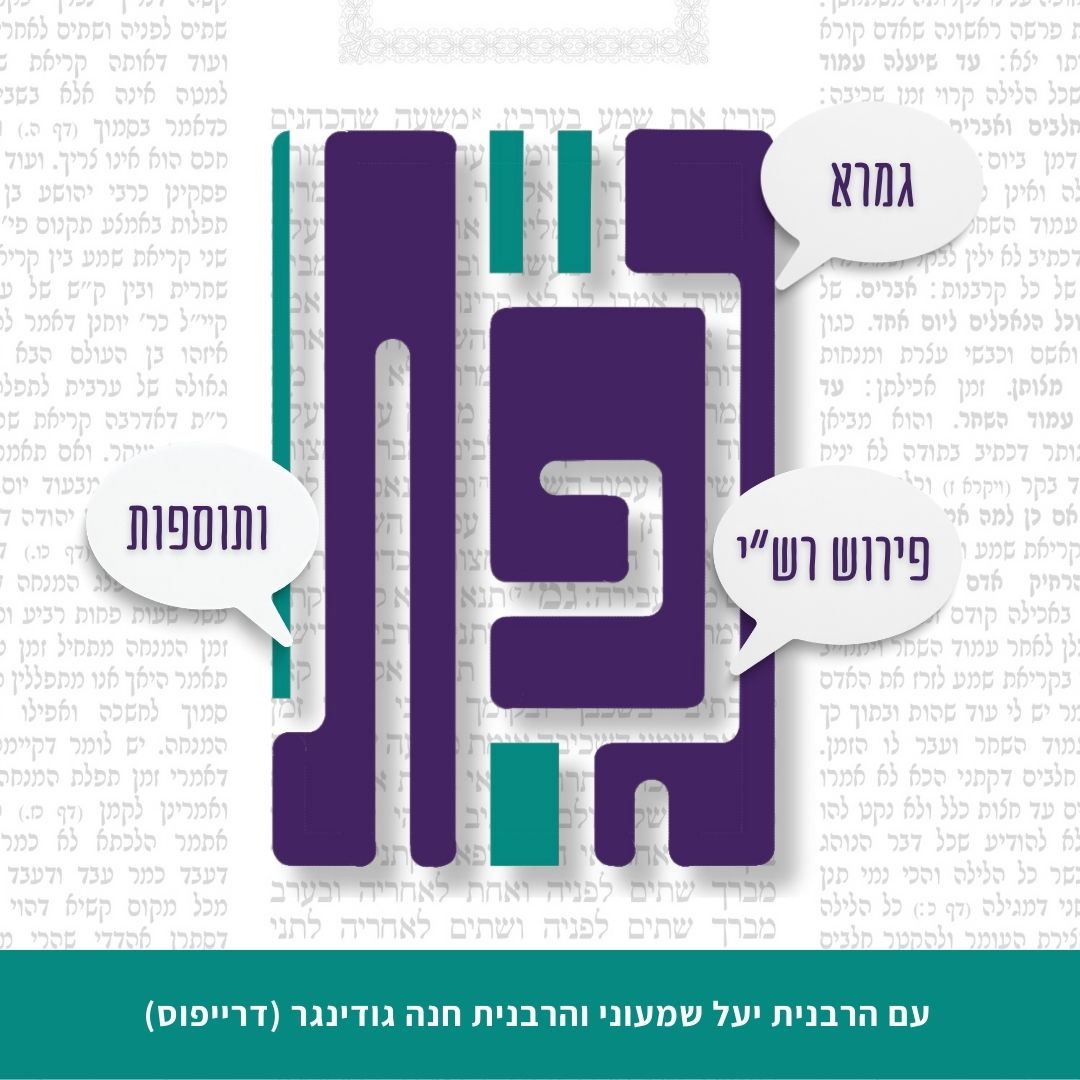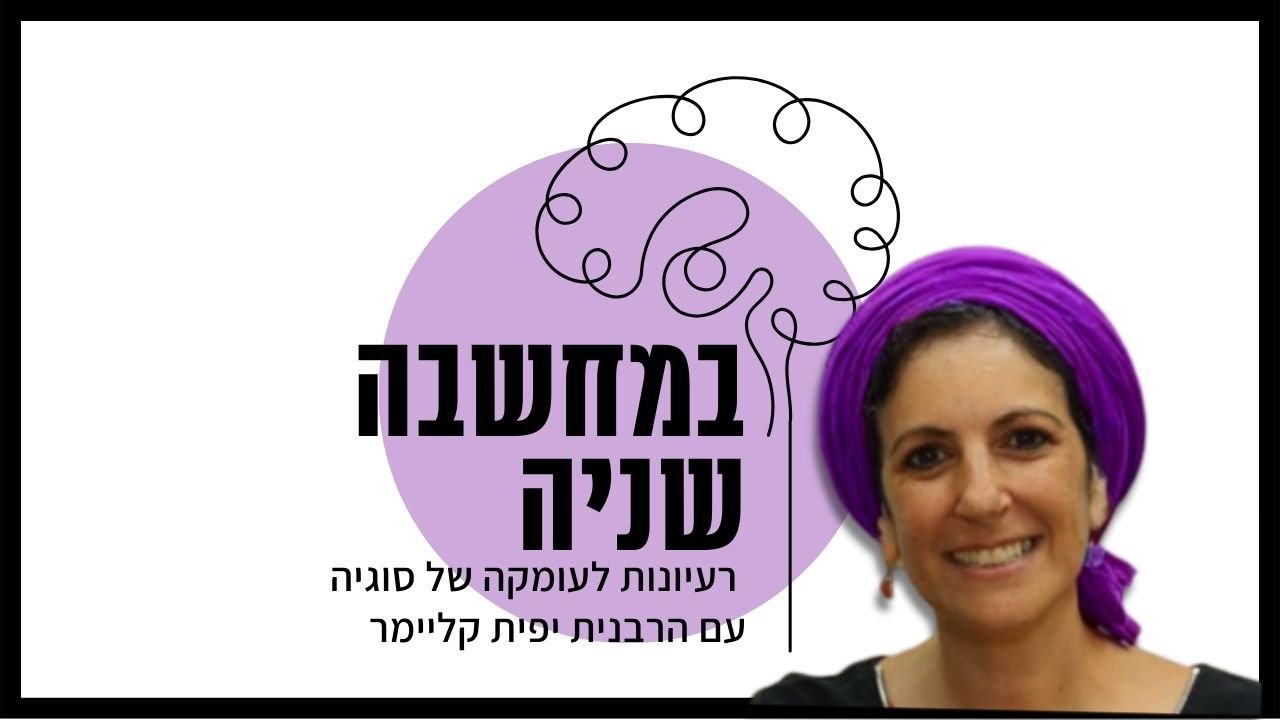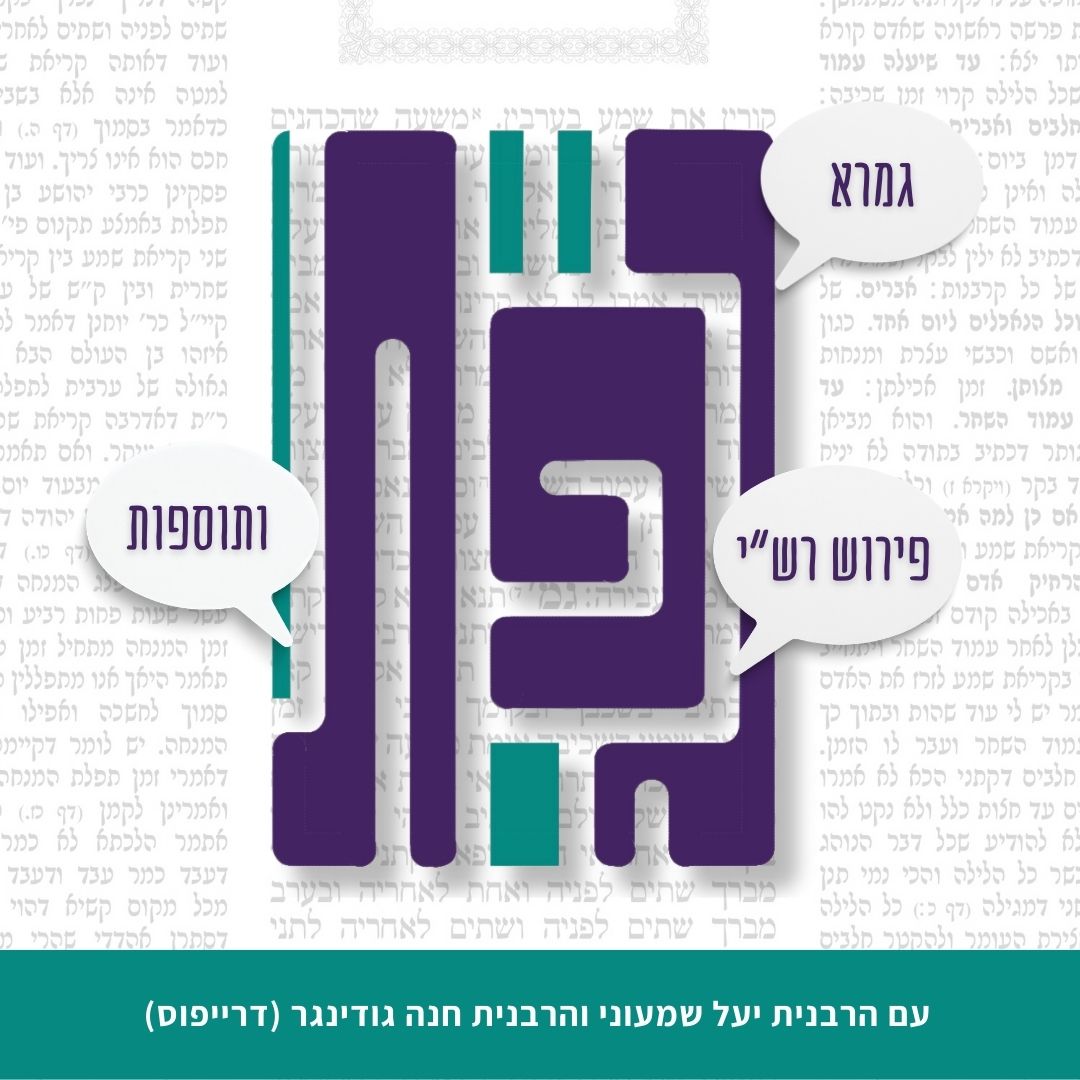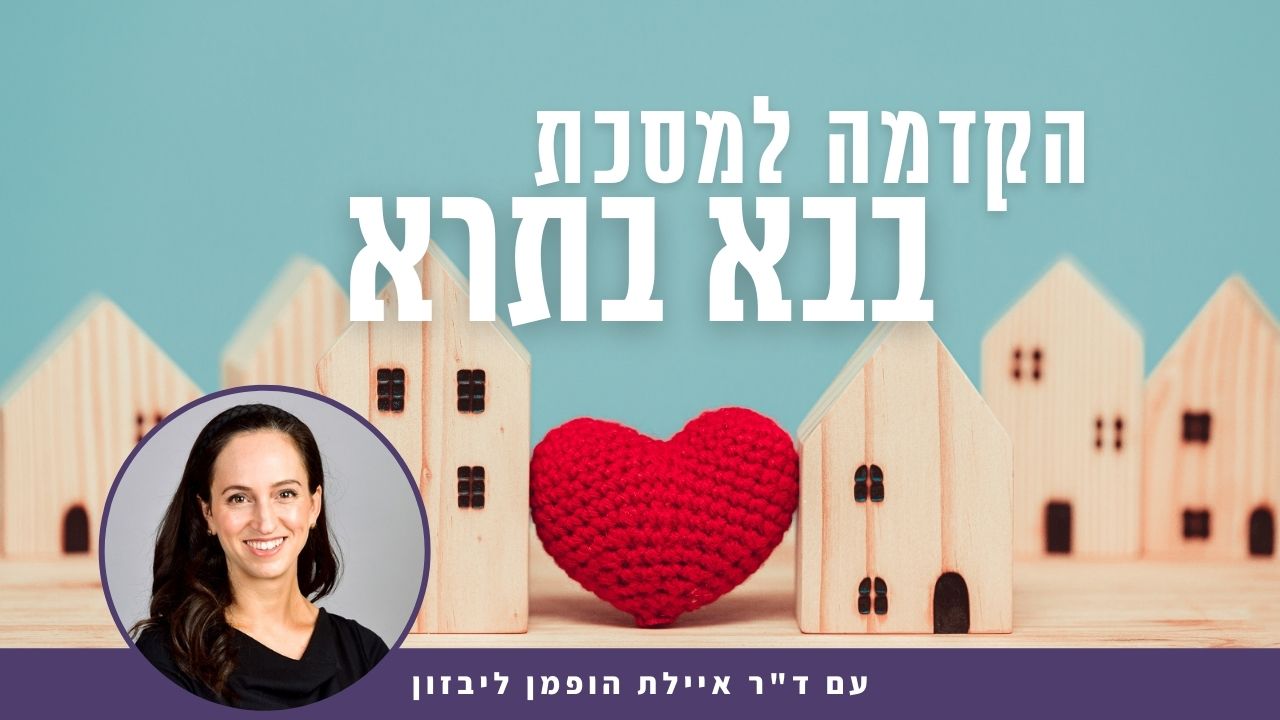בבא בתרא קסד
וְאִם תֹּאמַר: מוֹחֵק וְחוֹזֵר וּמוֹחֵק! אֵינוֹ דּוֹמֶה נִמְחַק פַּעַם אַחַת, לְנִמְחַק שְׁתֵּי פְעָמִים.
And if you say: There is a possibility of forgery with such a document, as the holder of the document can erase the original writing on the paper, then write the text of the document and have witnesses sign on the part that had been erased, then erase the document text once again, substituting for it a text that is more to his advantage, leaving the original signatures in place, this is not a valid argument. Paper that has been erased once is not similar in appearance to paper that has been erased twice. It will be seen that the signatures are on a place that had been erased once and that the text is written on a place that had been erased twice, and the forgery will be noticed.
וְלֵיחוּשׁ דִּלְמָא שָׁדֵי דְּיוֹתָא אַמְּקוֹם עֵדִים מֵעִיקָּרָא, וּמָחֵיק לֵיהּ – דְּכִי הָדַר מָחֵיק לֵיהּ לְהַאי, הָוֵה לֵיהּ אִידֵּי וְאִידֵּי נִמְחַק שְׁתֵּי פְעָמִים!
The Gemara suggests: But let there be a concern that perhaps the holder of the document will initially, after the entire original document, including the signatures, has been erased, but before the second one is written, throw some ink on the place where the witnesses are to sign under the text of the second document, and then erase that ink. He will do this so that when, after the witnesses have signed, he then erases the document text and writes a false text, it will emerge that both this, the new document’s text, and that, the signatures, will be on paper that had been erased twice.
אָמַר אַבָּיֵי, קָסָבַר רַב: אֵין הָעֵדִים חוֹתְמִין עַל הַמְּחָק, אֶלָּא אִם כֵּן נִמְחַק בִּפְנֵיהֶם.
Abaye said in response: Rav holds that witnesses may not sign a document written over an erasure unless the paper was erased in their presence, i.e., unless they saw the paper after its old text had been erased, before the new text was written. They will then see that the place where they are to sign has been erased twice, while the place where the document is to be written has been erased only once. They will realize that this leaves open an opportunity of subsequent erasing and falsification, and they will refrain from signing.
מֵיתִיבִי: הוּא עַל הַנְּיָיר וְעֵדָיו עַל הַמְּחָק – כָּשֵׁר. וְנֵיחוּשׁ דִּלְמָא מָחֵיק לֵיהּ, וְכָתֵיב מַאי דְּבָעֵי, וְהָוֵי לֵיהּ הוּא וְעֵדָיו עַל הַמְּחָק!
The Gemara raises an objection to the opinion of Rav from a baraita: A document in which its text is on a part of the paper that has never had writing erased and the signatures of its witnesses are on an erasure is valid. The Gemara suggests: But let us be concerned that perhaps the holder of the document will erase the text and write in its place whatever he wants, and it will then be a document where both its text and the signatures of its witnesses are on an erasure. Since Rav maintains that such a document is valid, it is easily forgeable in this manner.
דְּכָתְבִי הָכִי: ״אֲנַחְנָא סָהֲדֵי – חֲתַמְנָא עַל מְחָקָא, וּשְׁטָרָא – כְּתִב עַל נְיָירָא״.
The Gemara answers: Such a document is valid only in a case where the witnesses write this: We, the witnesses, signed on an erasure, but the document text was written on a part of the paper that never had writing erased. If the holder of the document then tries to erase the original text and write new text in its place, the forgery will be noticed.
דְּכָתְבִי הֵיכָא? אִי מִלְּתַחַת – גָּיֵיז לֵיהּ; אִי עִילַּאי – מָחֵיק לֵיהּ! דְּכָתְבִי בֵּין סָהֲדָא לְסָהֲדָא.
The Gemara asks: Where do the witnesses write this declaration? If they write it underneath their signatures, the holder of the document can simply excise it. And if they write it above their signatures, the holder of the document can erase it along with the text of the document. The Gemara answers: They write the declaration between the signature of one witness and the signature of the other witness.
אִי הָכִי, אֵימָא סֵיפָא: הוּא עַל הַמְּחָק, וְעֵדָיו עַל הַנְּיָיר – פָּסוּל. אַמַּאי פָּסוּל? הָכָא נָמֵי, נִכְתְּבוּ הָכִי: ״אֲנַחְנָא סָהֲדֵי – חֲתַמְנָא עַל נְיָירָא, וּשְׁטָרָא – עַל מְחָקָא״!
The Gemara asks: If that is so, that the baraita is discussing a case in which the witnesses write a declaration about the circumstances of the document’s condition, say the latter clause of the baraita: A document in which its text is on an erasure and the signatures of its witnesses are on a part of the paper that never had writing erased is not valid. The Gemara presents its question: Why is such a document not valid? Here, too, let the witnesses write this: We, the witnesses, signed on paper that never had writing erased, but the document text was written on an erasure.
[הַשְׁתָּא נָמֵי] מַאי אָמְרַתְּ – מוֹחֵק חוֹזֵר וּמוֹחֵק? הָא אָמְרַתְּ: אֵינוֹ דּוֹמֶה נִמְחַק פַּעַם אַחַת, לְנִמְחַק שְׁתֵּי פְעָמִים! הָנֵי מִילֵּי – הֵיכָא דַּחֲתִימִי סָהֲדֵי אַמְּחָקָא; הֵיכָא דְּלָא חֲתִימִי סָהֲדֵי אַמְּחָקָא אֶלָּא אַנְּיָירָא – לָא יְדִיעַ.
Now in this case as well it should be valid, as what can you say to argue that it is a forgeable document? If you say that the holder of the document, having erased the original document, can erase the writing once again and write a new, false document, this is not a concern, as didn’t you say that paper that has been erased once is not similar in appearance to paper that has been erased twice? It would therefore be noticeable that the document had been erased a second time, and the forgery would be noticeable. The Gemara answers: That statement applies only when the witnesses are signed on an erasure, and the appearance of that erasure can be compared with the appearance of a double erasure. But in a case where the witnesses are signed not on an erasure but on paper that has not had its writing erased, so that there is no contrast between a single erasure and a double erasure, the forgery would not be known.
וְלַיְתֵי מְגִילְּתָא אַחֲרִיתִי, וְלִמְחוֹק וְלִידַמֵּי! לָא דָּמֵי מְחָקָא דְּהָא מְגִילְּתָא, לִמְחָקָא דְּהָא מְגִילְּתָא.
The Gemara suggests: But let the court bring another parchment, write something on it and erase it, and then compare this single erasure with the erasure on the document in question. If the document were erased twice, a contrast would be seen between a single erasure and a double erasure. The Gemara answers: The erasure of this parchment is not necessarily similar to the erasure of that parchment. A single erasure on one parchment might resemble a double erasure on a different parchment.
וּלְקַבְּלַהּ לַחֲתִימוּת יְדָא דְּסָהֲדִי בְּבֵי דִינָא, וְלִמְחוֹק וְלִידַמֵּי! אָמַר רַב הוֹשַׁעְיָא: אֵינוֹ דּוֹמֶה נִמְחַק בֶּן יוֹמוֹ, לְנִמְחַק בֶּן שְׁנֵי יָמִים.
The Gemara continues to suggest: But let us accept, i.e., verify, the signatures of the witnesses on the document in court, after which they may safely be erased; and then erase the signatures and compare that erasure to the erasure of the document text, to see if it was erased once or twice. In response to this question Rav Hoshaya says: That which is erased on the same day that it was written is not necessarily similar to that which was erased two days ago, i.e., more than a day after it was written. An older erasure looks different from a new one, so the comparison might not show that there was a double erasure in the document.
וְלִישַׁהֲיֵיהּ! אָמַר רַבִּי יִרְמְיָה: חָיְישִׁינַן לְבֵית דִּין טוֹעִין.
The Gemara suggests: But let us retain the document for an extra day, at which point both erasures will be old and can be compared. Rabbi Yirmeya said in response: We are concerned for the possibility of an erring court. If such complicated procedures were used in order to declare a document valid, there would be a chance that a particular court would not apply them properly, and that court would end up ratifying a document that was not valid.
רַבִּי חֲנִינָא בֶּן גַּמְלִיאֵל אוֹמֵר: מְקוּשָּׁר וְכוּ׳. הֵשִׁיב רַבִּי לְדִבְרֵי רַבִּי חֲנִינָא בֶּן גַּמְלִיאֵל:
§ The mishna teaches that Rabbi Ḥanina ben Gamliel says: A tied document whose witnesses wrote their signatures inside of it is valid, because one can transform it into an ordinary document by untying it. Rabbi Yehuda HaNasi raised an objection to the statement of Rabbi Ḥanina ben Gamliel:
וַהֲלֹא אֵינוֹ דּוֹמֶה זְמַנּוֹ שֶׁל זֶה לִזְמַנּוֹ שֶׁל זֶה! פָּשׁוּט; מָלַךְ שָׁנָה – מוֹנִין לוֹ שָׁנָה, שְׁתַּיִם – מוֹנִין לוֹ שְׁתַּיִם. מְקוּשָּׁר; מָלַךְ שָׁנָה – מוֹנִין לוֹ שְׁתַּיִם, שְׁתַּיִם – מוֹנִין לוֹ שָׁלֹשׁ.
But the date of this one, a tied document, is not the same as the date of that one, an ordinary document. In an ordinary document, when the king has reigned for one year, one year is counted for him, and when he has reigned for two years, two years are counted for him. By contrast, in a tied document, when the king has reigned for one year, two years are counted for him, and when he has reigned for two years, three years are counted for him. If a tied document is simply opened up and used as an ordinary document, then it will emerge that it is postdated by a year.
וְזִימְנִין דְּיָזֵיף מִינֵּיהּ זוּזֵי בִּמְקוּשָּׁר, וּמִיתְרְמֵי לֵיהּ זוּזֵי בֵּינֵי בֵּינֵי וּפָרַע לֵיהּ; וְאָמַר לֵיהּ: הַב לִי שְׁטָרַאי, וְאָמַר לֵיהּ: אִירְכַס לִי; וְכָתֵב לֵיהּ תְּבָרָא;
Rabbi Yehuda HaNasi continues: And there are times this can be problematic, as in a case where the debtor borrows money from the creditor, and the details of the loan are written in a tied document. And the debtor chances upon some money in the interim, i.e., during the first year after the document was written, and he repays the creditor, and says to him: Give me back my promissory note, as I have just repaid you. And the creditor says to the debtor: I lost the document and cannot give it to you. And in lieu of returning the promissory note, the creditor writes a receipt for the debtor, as protection against a second collection.
וְכִי מָטֵי זִמְנֵיהּ, מְשַׁוֵּי לֵיהּ פָּשׁוּט, וְאָמַר לֵיהּ: הָנֵי הַשְׁתָּא דִּיזַפְתְּ מִינַּאי!
Rabbi Yehuda HaNasi continues: And then, when the time for repayment written in the promissory note arrives, the creditor will make it into an ordinary document by undoing its stitches and opening it up, and he can then say to the debtor: It is now that you borrowed this money from me, as attested in this promissory note, and the receipt you have in your possession is for a previous debt, as its date precedes the date on my document.
קָא סָבַר: אֵין כּוֹתְבִין שׁוֹבָר.
The Gemara answers: Rabbi Ḥanina ben Gamliel holds that one does not write a receipt in such cases. If a creditor loses his promissory note, the debtor need not pay him at all, out of concern that the debt may one day be collected again when the promissory note is found. He is not required to pay the debt and accept only a receipt, which he will then have to guard permanently to protect himself against a second collection.
וּמִי בָּקִי רַבִּי בִּמְקוּשָּׁר? וְהָא הָהוּא מְקוּשָּׁר דַּאֲתָא לְקַמֵּיהּ דְּרַבִּי, וְאָמַר רַבִּי: שְׁטָר מְאוּחָר זֶה! וְאָמַר לוֹ זוּנִין לְרַבִּי: כָּךְ מִנְהָגָהּ שֶׁל אוּמָּה זוֹ; מָלַךְ שָׁנָה – מוֹנִין לוֹ שְׁתַּיִם, שְׁתַּיִם – מוֹנִין לוֹ שָׁלֹשׁ!
The Gemara asks with regard to the previous discussion: And was Rabbi Yehuda HaNasi expert in the halakhot of tied documents? But wasn’t there a certain tied document that came before Rabbi Yehuda HaNasi, and when Rabbi Yehuda HaNasi saw the date he said: This is a postdated document. And a Sage named Zunin said to Rabbi Yehuda HaNasi: Such is the custom of this nation; when the king has reigned for one year, two years are counted for him, and when he has reigned for two years, three years are counted for him. The document is therefore not postdated. From this anecdote it is clear that Rabbi Yehuda HaNasi himself had not been familiar with this practice.
בָּתַר דְּשַׁמְעַהּ מִזּוּנִין, סַבְרַהּ.
The Gemara answers: After Rabbi Yehuda HaNasi heard it from Zunin he accepted the explanation and held this way himself, and that is what prompted him to raise his objection.
הָהוּא שְׁטָרָא דַּהֲוָה כְּתִב בֵּיהּ: ״בִּשְׁנַת פְּלוֹנִי אַרְכָן״. אָמַר רַבִּי חֲנִינָא: יִבְדֹּק אֵימָתַי עָמַד אַרְכָן בְּאַרְכָנוּתֵיהּ.
§ There was a certain document on which was written, as its date: In the year of so-and-so, Archon [Arkhan], a title for a ruler, without stating any particular year of his reign. Rabbi Ḥanina said: Let it be investigated when it was that this Archon rose to his position of archon, i.e., find out the year he came to power, and the validity of the document is established from that year.
וְדִלְמָא דַּאֲרִיךְ מַלְכוּתֵיהּ! אָמַר רַב הוֹשַׁעְיָא: כָּךְ מִנְהָגָהּ שֶׁל אוּמָּה זוֹ; שָׁנָה רִאשׁוֹנָה – קוֹרִין לוֹ ״אַרְכָן״, שְׁנִיָּה – קוֹרִין לוֹ דִּיגוֹן.
The Gemara suggests: But perhaps the writer of the document was using an Aramaic or Hebrew term, and intended to say that the reign of so-and-so had already extended [arikh] for several years. Rav Hoshaya says: Such is the custom of this nation where the document was written: In the first year of the king’s reign they refer to him with the title Archon; in his second year they refer to him with the title Digon.
וְדִלְמָא עַבּוֹרֵי עַבְּרוּהוּ, וַהֲדַר אוֹקְמוּהוּ! אָמַר רַבִּי יִרְמְיָה: הָהוּא ״אַרְכָן דִּיגוֹן״ קָרְאוּ לֵיהּ.
The Gemara suggests: But perhaps the people deposed the ruler and then reinstated him, and the document was written in the first year of his second reign. Rabbi Yirmeya said: In that case, they would refer to him with the title Archon Digon.
תָּנוּ רַבָּנַן: ״הֲרֵינִי נָזִיר הֵינָא״ – סוֹמְכוֹס אָמַר: ״הֵינָא״ – אַחַת. ״דִּיגוֹן״ – שְׁתַּיִם. ״טְרִיגוֹן״ – שָׁלֹשׁ. ״טֶטְרִיגוֹן״ – אַרְבַּע. ״פֶּנְטִיגוֹן״ – חָמֵשׁ.
§ Apropos these Greek terms, the Gemara cites two baraitot that mention them. The Sages taught (Tosefta, Nazir 1:2) that if one said: I am hereby a nazirite heina, or stated a similar expression with other comparable Greek terms, Sumakhos said that his status depends on which term he used. If he used the word heina, he is a nazirite for one term of naziriteship, i.e., thirty days; if he said digon, he is a nazirite for two terms of thirty days each; if he said terigon, he is a nazirite for three terms; tetrigon, for four terms; pentigon, for five terms.
תָּנוּ רַבָּנַן: בַּיִת עָגוֹל; דִּיגוֹן; טְרִיגוֹן; פֶּנְטִיגוֹן – אֵינוֹ מִטַּמֵּא בִּנְגָעִים. טֶטְרִיגוֹן – מִטַּמֵּא בִּנְגָעִים.
The Sages taught in another baraita (Tosefta, Nega’im 6:3): A round house, or one that is shaped like a digon, i.e., it has two walls, one straight and one curved, or one that is shaped like a terigon, i.e., a triangle, or one that is shaped like a pentagon, does not become susceptible to the ritual impurity of leprous spots. If it is shaped like a tetrigon, i.e., a quadrilateral, it becomes susceptible to the ritual impurity of leprous spots.
מְנָא הָנֵי מִילֵּי? דְּתָנוּ רַבָּנַן, לְמַעְלָה אוֹמֵר: ״קִיר–קִירֹת״ – שְׁתַּיִם; לְמַטָּה אוֹמֵר: ״קִיר–קִירֹת״ – שְׁתַּיִם; הֲרֵי כָּאן אַרְבַּע.
The Gemara asks: From where are these matters derived? The Gemara answers: It is as the Sages taught in a baraita: The Torah states above: “If the plague be in the walls of the house” (Leviticus 14:37). The verse did not state: A wall, but “walls,” indicating that the house in question has at least two walls. And where it states below: “If the plague has spread in the walls of the house” (Leviticus 14:39), instead of stating: A wall, the verse states “walls,” indicating another two walls. There are a total of four walls mentioned here in order to indicate that a house can become impure through leprous spots only if it has four sides.
הָהוּא מְקוּשָּׁר דַּאֲתָא לְקַמֵּיהּ דְּרַבִּי, וְאָמַר רַבִּי: אֵין זְמַן בָּזֶּה?! אֲמַר לֵיהּ רַבִּי שִׁמְעוֹן בַּר רַבִּי לְרַבִּי: שֶׁמָּא בֵּין קְשָׁרָיו מוּבְלָע? פַּלְיֵיהּ, וְחַזְיֵיהּ. הֲדַר חֲזָא בֵּיהּ רַבִּי בְּבִישׁוּת. אֲמַר לֵיהּ: לָאו אֲנָא כְּתַבְתֵּיהּ, רַבִּי יְהוּדָה חַיָּיטָא כַּתְבֵיהּ. אֲמַר לֵיהּ: כְּלָךְ מִלָּשׁוֹן הָרָע הַזֶּה.
§ The Gemara relates: There was a certain tied document that came before Rabbi Yehuda HaNasi, and Rabbi Yehuda HaNasi, not realizing it was a folded document, said: There is no date on this document, so it is not valid. Rabbi Shimon, son of Rabbi Yehuda HaNasi, said to Rabbi Yehuda HaNasi: Perhaps the date is hidden between its tied folds. Rabbi Yehuda HaNasi opened it and saw that the date was in fact between the tied folds. Afterward, Rabbi Yehuda HaNasi looked at his son disapprovingly, as he held that one should not write a tied document. His son said to him: I did not write it; Rabbi Yehuda Ḥayyata wrote it. Rabbi Yehuda HaNasi said to his son: Turn away from uttering this kind of malicious speech.
זִימְנִין הֲוָה יָתֵיב קַמֵּיהּ, וְקָא פָסֵיק סִידְרָא בְּסֵפֶר תְּהִלִּים; אָמַר רַבִּי: כַּמָּה מְיוּשָּׁר כְּתָב זֶה! אֲמַר לֵיהּ: לָאו אֲנָא כְּתַבְתֵּיהּ, יְהוּדָה חַיָּיטָא כַּתְבֵיהּ. אֲמַר לֵיהּ: כְּלָךְ מִלָּשׁוֹן הָרָע הַזֶּה.
Another time, Rabbi Shimon was sitting before his father and reciting a section of the book of Psalms. Rabbi Yehuda HaNasi said to him: How straight and neat is this writing in this book from which you are reading. Rabbi Shimon said to him: I did not write it; Yehuda Ḥayyata wrote it. Rabbi Yehuda HaNasi told his son: Turn away from uttering this kind of malicious speech.
בִּשְׁלָמָא הָתָם, אִיכָּא לָשׁוֹן הָרָע; אֶלָּא הָכָא, מַאי לָשׁוֹן הָרָע אִיכָּא? מִשּׁוּם דְּרַב דִּימִי – דְּתָנֵי רַב דִּימִי אֲחוּהּ דְּרַב סָפְרָא: לְעוֹלָם אַל יְסַפֵּר אָדָם בְּטוֹבָתוֹ שֶׁל חֲבֵירוֹ, שֶׁמִּתּוֹךְ טוֹבָתוֹ בָּא לִידֵי רָעָתוֹ.
The Gemara asks: Granted, there, in the first episode, there is malicious speech involved, since Rabbi Yehuda HaNasi was displeased with the writer of the document, but here, in the second episode, what malicious speech is there? Rabbi Yehuda HaNasi was complimenting the writer of the book of Psalms, not criticizing him. The Gemara answers: It is because of what Rav Dimi teaches. As Rav Dimi, the brother of Rav Safra, teaches: A person should never speak the praises of another, as out of the praise spoken about him someone may come to speak to his detriment.
אָמַר רַב עַמְרָם אָמַר רַב: שָׁלֹשׁ עֲבֵירוֹת אֵין אָדָם נִיצּוֹל מֵהֶן בְּכׇל יוֹם – הִרְהוּר עֲבֵירָה, וְעִיּוּן תְּפִלָּה, וְלָשׁוֹן הָרָע. לָשׁוֹן הָרָע סָלְקָא דַּעְתָּךְ?!
Rav Amram says that Rav says: There are three sins from which a person is not spared each day. They are: Having sinful thoughts, and committing sins concerning deliberation in prayer, and uttering malicious speech. The Gemara asks: Can it enter your mind that a person cannot go through the day without uttering malicious speech?

